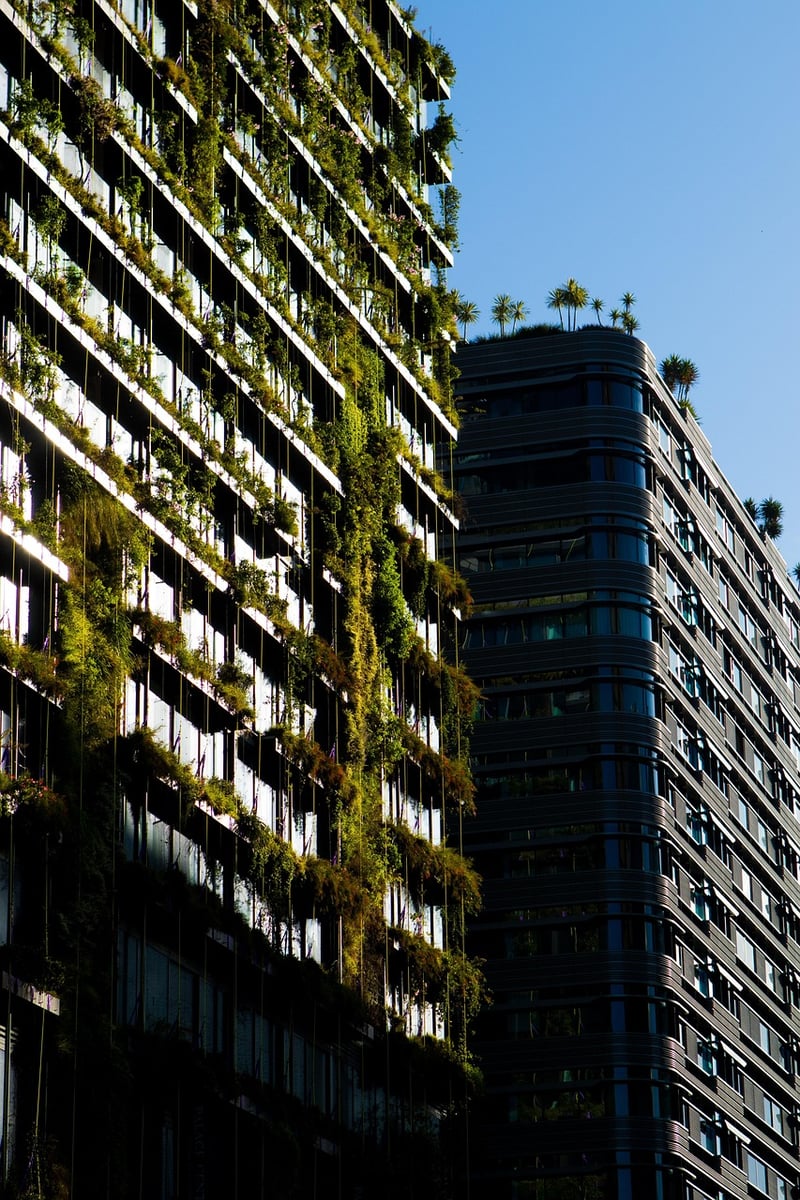Vertical Gardens
The Rise of Vertical Gardens: Cultivating Green Spaces in Limited Areas
In today's urban landscapes, green spaces are becoming increasingly scarce as cities grow and expand. However, the concept of vertical gardens is changing the way we think about cultivating plants in limited areas. Vertical gardens, also known as living walls or green walls, offer a solution to urban greening by utilizing vertical space to create lush and vibrant gardens.
Benefits of Vertical Gardens
Vertical gardens provide a range of benefits both for the environment and the community:
- Space Optimization: Vertical gardens maximize the use of limited space, allowing plants to grow upwards rather than outwards.
- Air Quality Improvement: Plants in vertical gardens help purify the air by absorbing pollutants and releasing oxygen.
- Urban Heat Island Reduction: Green walls can lower temperatures in urban areas by providing shade and evaporative cooling.
- Enhanced Aesthetics: Vertical gardens add a touch of greenery and beauty to concrete jungles, improving the overall aesthetics of the city.
How Vertical Gardens Work
Vertical gardens are constructed using a variety of techniques and materials. Some common elements of vertical gardens include:
- Support Structure: A sturdy framework is essential to support the weight of the plants and provide stability.
- Plant Selection: Plants are carefully chosen based on light requirements, water needs, and local climate conditions.
- Irrigation System: Vertical gardens often incorporate a drip irrigation system to ensure plants receive adequate water and nutrients.
- Growth Medium: Plant roots need a growing medium to anchor themselves and access water and nutrients.
Examples of Vertical Gardens
Vertical gardens can be found in various settings, from residential buildings to commercial spaces. Here are some notable examples:
- Bosco Verticale, Milan: A pair of residential towers in Milan, Italy, featuring over 900 trees and 20,000 plants on the facades.
- One Central Park, Sydney: A mixed-use development in Sydney, Australia, with a vertical garden designed by Patrick Blanc.

Conclusion
Vertical gardens offer a sustainable and innovative way to introduce greenery into urban environments where space is limited. By harnessing vertical space and incorporating plants into our built environment, we can create healthier, more vibrant cities for future generations to enjoy.
Embrace the vertical gardening trend and transform your space into a green oasis!
